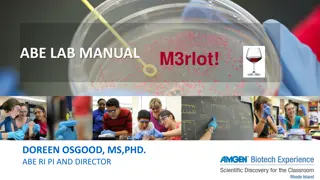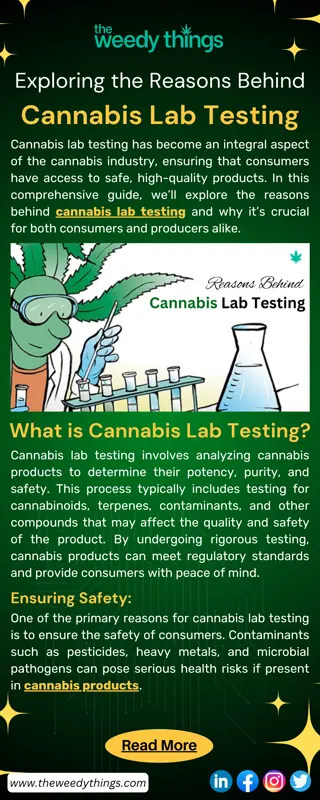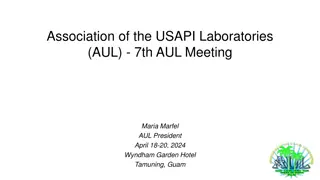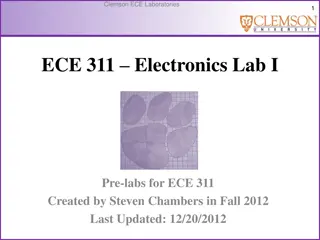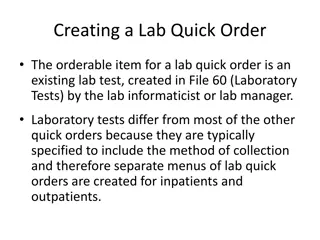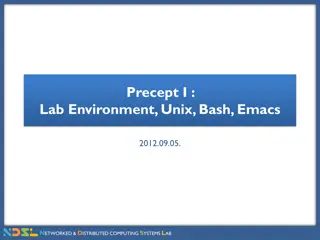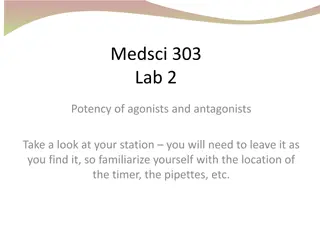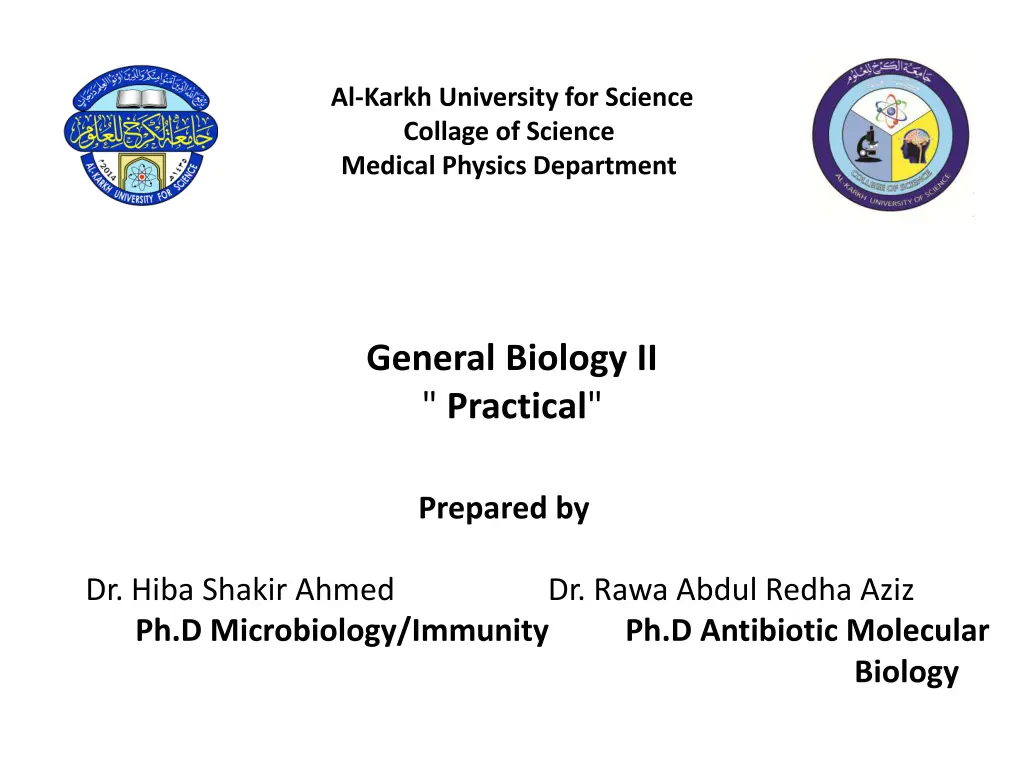
Fascinating World of Sponges
Discover the intriguing characteristics and behaviors of sponges, members of the phylum Porifera. Explore their unique biological features, feeding habits, movement abilities, and reproductive processes. Delve into the diverse world of over 10,000 sponge species and learn about their vital role in aquatic ecosystems. From asexual reproduction to sexual reproduction, get a closer look at these primitive yet fascinating organisms that play a crucial role in the marine environment.
Download Presentation

Please find below an Image/Link to download the presentation.
The content on the website is provided AS IS for your information and personal use only. It may not be sold, licensed, or shared on other websites without obtaining consent from the author. If you encounter any issues during the download, it is possible that the publisher has removed the file from their server.
You are allowed to download the files provided on this website for personal or commercial use, subject to the condition that they are used lawfully. All files are the property of their respective owners.
The content on the website is provided AS IS for your information and personal use only. It may not be sold, licensed, or shared on other websites without obtaining consent from the author.
E N D


